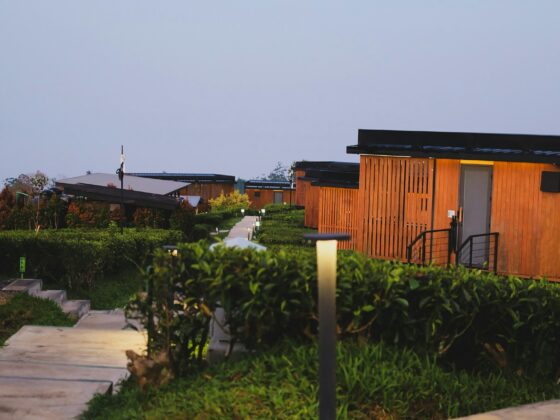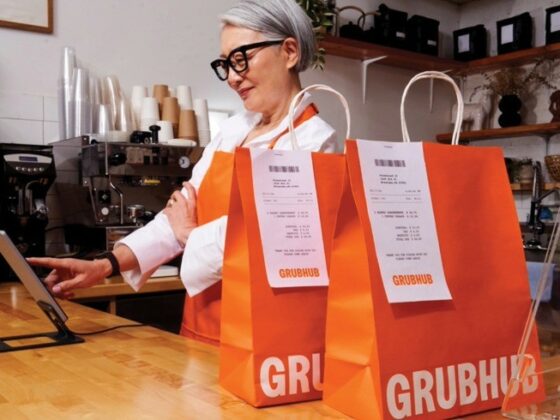
For restaurants, digital ordering has become a double-edged sword. While it’s opened a wider range of revenue streams, it’s also introduced new challenges. Rising costs, labor shortages, and ever-evolving customer expectations have left many brands wondering: Is our technology helping or hindering us?
A recent survey of over 1,000 restaurant leaders reveals an industry at a crossroads. Let’s unpack the data and find out what’s causing brands to reassess their digital strategies and explore how forward-thinking restaurants are adapting to scale in a digital-first environment.
Growth Amidst Struggle
The numbers tell a story of digital growth, but it’s not all smooth sailing. While 36% of brands report that online ordering now accounts for over half of their total revenue, this shift isn’t without its complications.
Here’s a telling statistic: 35% of restaurant staff spend more than half their time managing digital orders. This strain highlights a pressing issue—when digital sales soar, operational efficiency often takes a hit. Restaurants are wrestling with how to juggle the demands of both in-person and online customers without sacrificing service quality or burning out staff.
The Legacy System Squeeze
Here’s where things get more complicated: 67% of restaurant owners and executives feel constrained by their current tech solutions. The systems hastily implemented during the pandemic’s digital rush are now showing their age and limitations.
This technological mismatch is more than an inconvenience – it’s a significant barrier to growth. With 42% of respondents expressing dissatisfaction with their current solutions, it’s clear that many restaurants are operating with a patchwork of technologies that don’t fully meet their needs.
Exploring New Approaches
In response to these challenges, we’re seeing a shift in how restaurants approach technology. 74% of owners and executives are actively exploring options to streamline their digital infrastructure.
For many teams, the need is even more pressing. An overwhelming 93% of operators are planning tech stack upgrades in 2024, focusing on:
- Ordering and delivery systems (29%)
- Payment processing (27%)
- POS integrations (26%)
- Catering (21%)
- Voice AI (20%)
- Adding or upgrading kiosks (18%)
This trend signals a move away from siloed solutions towards more integrated, flexible platforms that can adapt to changing needs.
Beyond Software: The Human Element
Interestingly, the most successful brands aren’t just focusing on software – they’re prioritizing partnerships. They’re seeking out technology providers who understand the nuances of restaurant operations and offer hands-on support.
This shift is redefining what restaurants expect from their tech vendors. It’s no longer just about features and functionality – it’s about having a partner who can help navigate the complexities of modern restaurant operations.
Strategies for Success
So how can restaurants thrive in this challenging environment? This report suggests three key strategies:
1. Holistic Tech Assessment: Evaluate your entire tech stack, not just individual components. How well do your systems work together to support both operations and customer experience?
2. Flexibility First: Invest in solutions that can adapt to your unique needs and future trends. The ability to pivot quickly is crucial in today’s fast-changing market.
3. Seek Strategic Partnerships: Look for technology providers who understand your business and can offer tailored solutions and ongoing support.
The digital evolution of the restaurant industry is far from complete. As we move forward, success will be defined not by who has the most advanced technology, but by who can best integrate that technology to improve operational efficiency and the customer experience.
Challenges such as rising costs and labor constraints will likely continue, but with these challenges come opportunities for innovation and growth. The restaurants that will thrive are those that view technology not as a silver bullet, but as a tool to amplify their unique strengths and address specific challenges.
Remember: the goal isn’t perfection, but progress. It’s about finding the right balance between digital innovation and operational excellence, always keeping the focus on what matters most – delivering great food and memorable experiences to your customers.
About the Author
Kevin Jaskolka is the senior vice president of marketing for Checkmate, a leading technology solution provider for the restaurant and hospitality industries.







